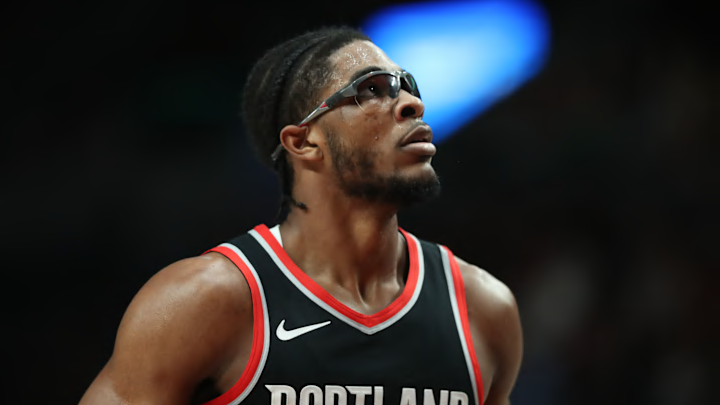2. Salary Cap Relief
Acquiring multiple veterans from last offseason's trades gave the Blazers a chance at remaining competitive, but it also meant that Portland’s salary cap flexibility would be limited relative to most rebuilding teams.
Deandre Ayton, Malcolm Brogdon and Robert Williams III have multiple years left on their contracts. Jerami Grant re-signed to a five-year deal over the summer. Portland retained Matisse Thybulle for an additional three years.
There are benefits to keeping a group of veterans around developing players. Brogdon offers mentorship for Sharpe and Henderson, and Ayton provides them with a capable pick-and-roll partner.
However, the initial years of a team’s rebuild are often the most crucial to managing salary cap space. When franchise building blocks are still signed to rookie-scale contracts, the window remains open for significant talent acquisition through free agency. That window quickly closes once rookie-scale contracts convert to higher-value contracts.
Failing to capitalize on this window can hinder team-building (as Portland experienced when it used its last remaining year of plentiful cap space in the Lillard era on an underwhelming combination of Evan Turner, Allen Crabbe and Meyers Leonard.)
In addition to opening up the possibility of acquiring a big fish in free agency, salary cap flexibility allows a rebuilding team to be opportunistic in beating out the offers of more competitive teams with less money. For example, despite the Denver Nuggets’ desire to bring back Bruce Brown, the Indiana Pacers’ cap space enabled them to price out the reigning champs.
The Pacers recently turned Brown into Pascal Siakam, illustrating the rewards of being opportunistic in the free agency market.
Cap flexibility can be used to acquire draft picks as well. Taking on bad salaries in exchange for draft compensation is part of how the Thunder have stockpiled picks.
Cronin still needs more time to evaluate what players the Blazers should build around, but salary cap flexibility creates opportunities regardless of which direction he decides to pursue.
